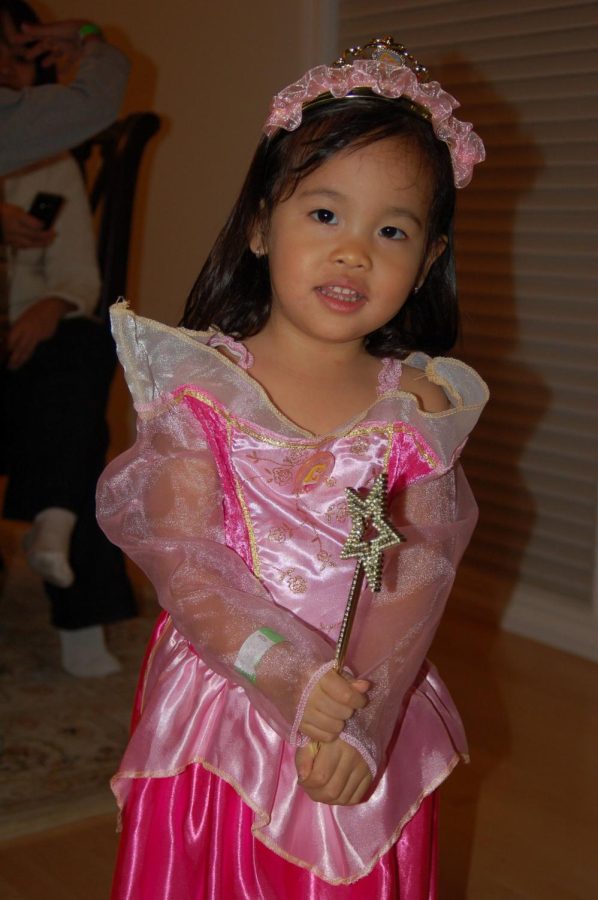The media’s demonization of femininity does nothing more than pit people against each other

More stories from Alysse Calabio
Age 5, My years of princess-filled aspirations.
I was five years old when I figured out exactly what I wanted to be in life.
I, more than anything in the world, wanted to become a princess. Although I wasn’t exactly certain as to how one became a princess, I did know that—according to essentially every princess movie that I had ever watched—it meant I would constantly be allowed to do the things I loved most in the world: wear breathtakingly gorgeous dresses, have my hair all done up, and have my nails painted—virtually, all things feminine.
However, as I got older, the films I watched began to present a new narrative to me. In my mind, femininity was no longer associated with the kind, enchanting princess of my fairytales but rather the selfish, malignant villains of movies.
The characters that immediately come to mind when I think of femininity are Mean Girls’ Regina George and High School Musicals’ Sharpay Evans; they are the media’s poster children for feminine characters. These two characters are portrayed as very girly people with a disposition lacking any sort of depth or diversity.
On the other side of the spectrum sat the protagonist, who oftentimes was depicted as more of a tomboy than someone ultra-feminine. These characters were depicted as more laid-back, easy-going, and all around just more likable than other characters.
Although the contrasting dispositions of the characters may not seem as though they would make a monumental difference in anything other than the plot, the effect it has on those watching is an effect that goes unbeknownst to the knowing eye.
Over time, after constantly seeing the antagonist represented as someone who dresses more feminine whilst the protagonist dresses in a more masculine manner, people begin to associate the idea of dressing more feminine with acting maliciously and dressing more masculine with being more laid-back. In comparison, it makes dressing in a more masculine fashion seem ideal as compared to dressing more feminine—especially since not many people actively want to be associated with malevolent selfishness.
Repeatedly seeing these warped stereotypes places a stigma around dressing in a more feminine manner; it pits women against one another. It gives way to distorted notions such as the idea of needing to be “not like other girls.” It is the idea that in order to be accepted by society, you have to dress one way or the other. However, each side claims that the way they present themselves is the correct way: the only way.
Even though that is the notion often passed around, it does not mean that it is one that should continue to be conveyed. How you choose to present yourself should not be the source of alienation among one another. Instead, we should learn to embrace the fact that people are people; they are diverse and individualistic—there is no set way to be nor to present yourself.
Femininity is beautiful; it is something to be celebrated. Femininity is not a source of hatred and division as the media oftentimes may show. Instead, it should be something that brings people together to express themselves.

Alysse Calabio is going on to her second and final year on The Central Trend. If there's anything she loves more than the world, it would be experiencing...



























































































